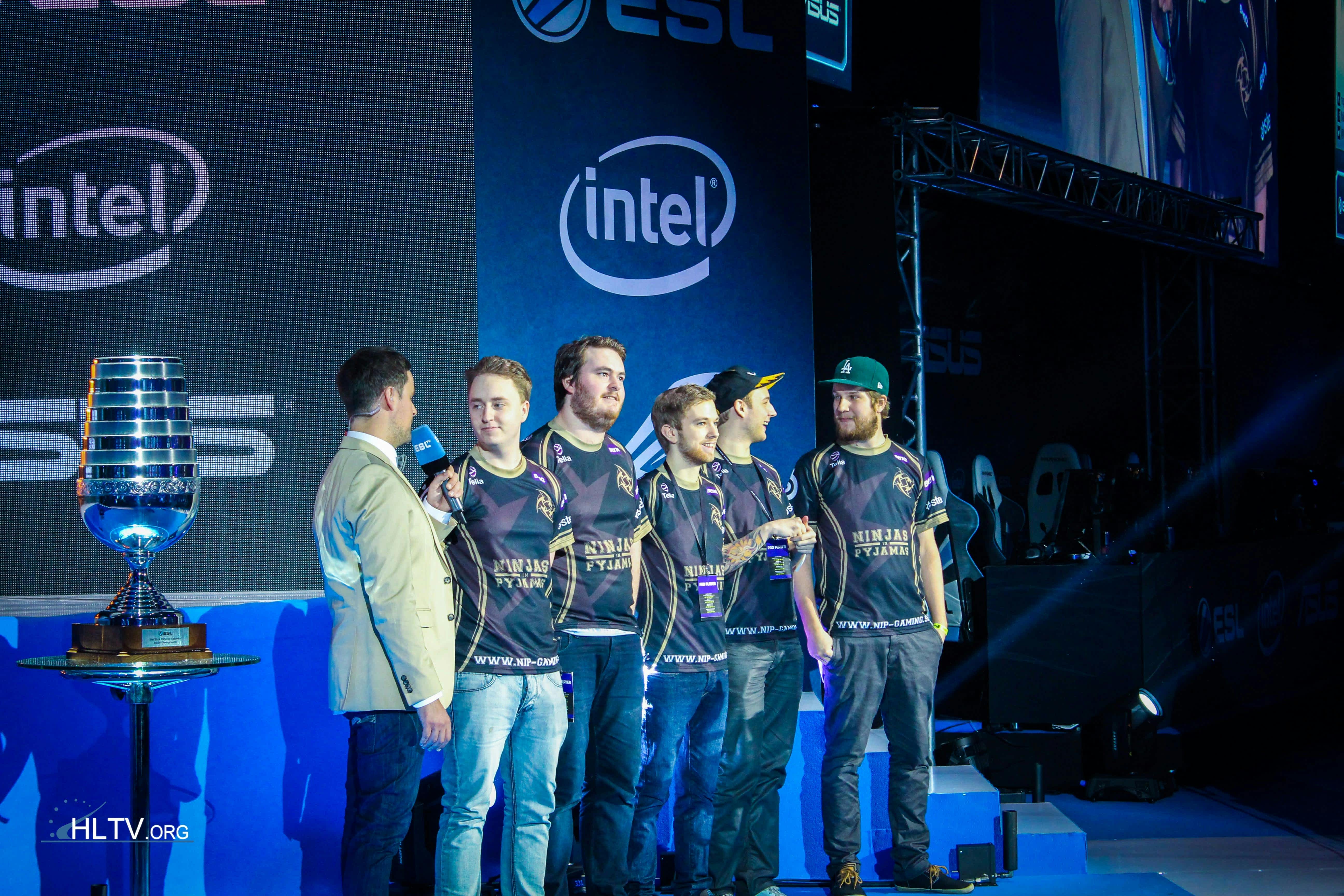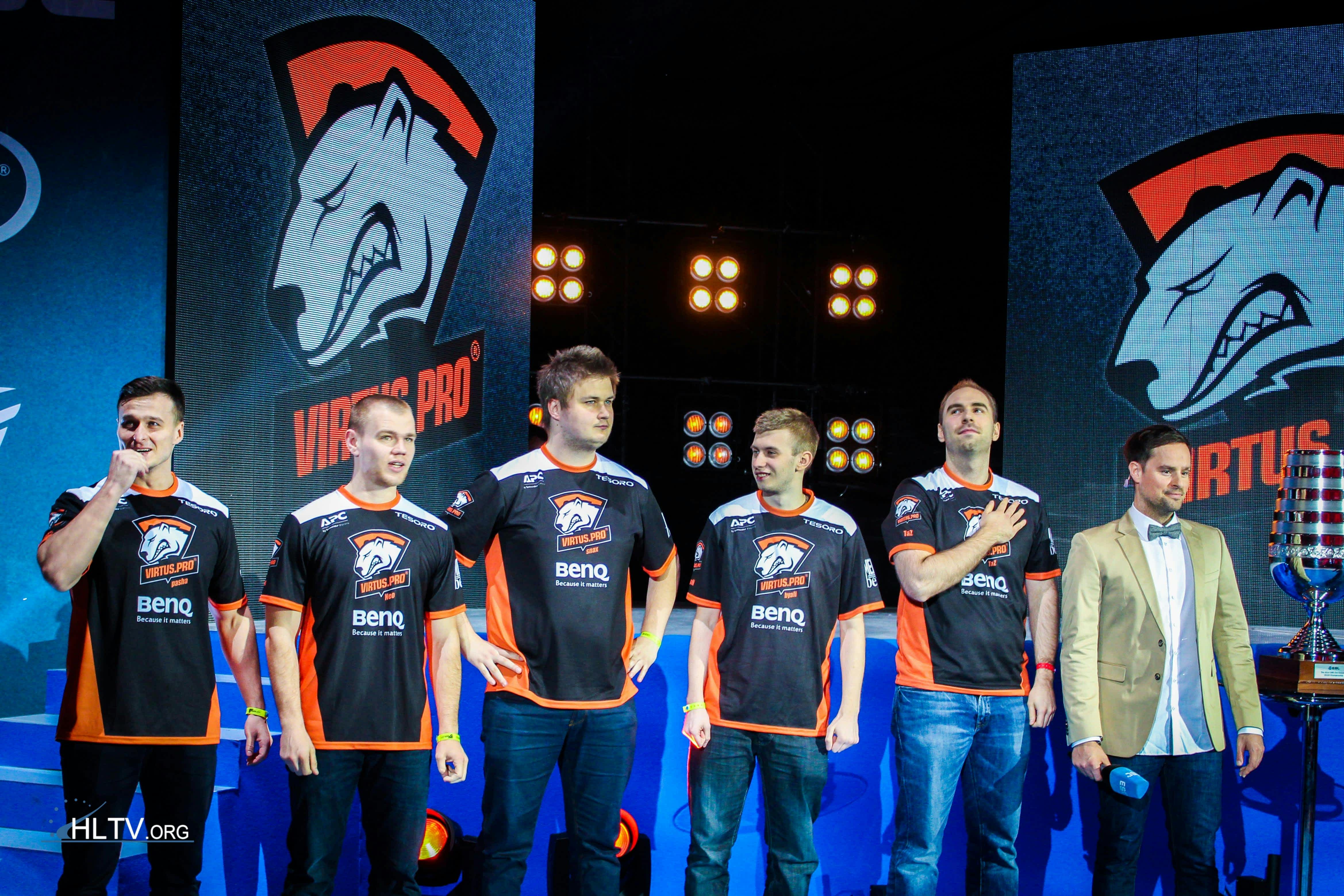Once upon a time: how CS:GO changed since the first Katowice major
It’s a testament to the strength of Counter-Strike’s third-party tournament circuit that it took over four years for the major to return to Katowice, the place where the second-ever event of its kind was held in 2014, hot off the heels of Jönköping’s DreamHack Winter 2013. The tournament would showcase the nucleus of Fnatic rosters past and present, the time Virtus.Pro burst onto the scene for good and burned the brightest throughout their storied tenure, the failure of a French superteam and the tentative first steps of many a player who turned out to be CS:GO superstars later down the line.
Echoes of the past
Those were simpler times to be sure. Sixteen teams, a GSL format, shorter periods between majors, a general sense of excitement over the growth of the game, fueled in part by the recent introduction of weapon skins. Digging into the Katowice archives is truly a trip down memory lane in every sense of the word: the old, tinny gun sounds reverberate across the lower-detail maps, cheered on by the voices of commentators who have since then gone from shoutcaster to corporate. And yet, the beating heart of the game remains the same, and even if the tactics on display were a bit cruder, the individual highlights were just as sick as anything we get to see nowadays – perhaps fittingly for a major dominated by “the Plow”, Virtus.pro’s incredible sixth gear that not many teams could stand up against at any point in CS:GO history.
For that was the one and only major won by what many mistakenly call the “Golden Five”, the TaZ-NEO-pasha-Snax-byali quintet that shocked the world with their Katowice victory. Home soil and evident talent notwithstanding, they’ve failed to make it out of the groups at Jönköping three months prior, and chewing through multiple organizations between the two events further decreased any sense of stability they may have had.
The chances were a million to one, they said, but they still came, saw and conquered: back then, the group stages used the GSL format, meaning two best-of-one wins were enough for the Poles to make it to the playoffs. First, a hard-fought overtime victory over HellRaisers, wielding a Dosia-AdreN-markeloff spine at the time, then a 16-7 trouncing of Titan, the ex-VeryGames side who would go on to lose to the CIS team in the decider match. Major cycles have come and gone, but disappointing French superteams seem to be one of the most consistent storylines of CS:GO.

NiP, still close to their prime, comfortably topped Group B, only giving up five and seven rounds on their path to top eight. In Group C, Fnatic wobbled, perhaps a sign of how much of an upset their win was at the first major, losing to Reason Gaming in the opening match. While the org has not gone on to do great things – never to return to the biggest stage after Katowice –, their alternating Danish, Swedish and British lineups gave opportunities to some players who would go on to do great things in the scene. Even at the time of this event, karrigan was on their side – however, not even his prowess was enough to secure victory in the decider rematch, an Inferno wipeout Fnatic would go on to win 16-6.
In Group D, LGB eSports would top the charts ahead of the original compLexity CS:GO roster – a side that would eventually mark Cloud9’s first foray into the game when Jason Lake retreated from the scene in August 2014. Even more impressively, LGB would go on to knock out the title holders, defeating pronax’s men after a 16-14 nailbiter on the third map of the series. The men behind that success? A certain KRiMZ, dennis, twist, not to mention someone called olofmeister…
The plow makes its mark
Just like the first major, this one also felt like NiP’s to lose. They certainly lived up to the hype, continuing their impressive group stage performances by beating out compLexity in a 2-1 series that included a 16-2 Nuke win before absolutely crushing Dignitas in the semi-finals: 16-6, 16-5. It was not yet the Danes’ time to shine: even though the future core of Astralis was already playing in the same roster, they were clearly outclassed by the Ninjas. Xyp9x, device and dupreeh would have to settle for a top four finish.
On the other side of the bracket, VP seemed just as dominant. LDLC only got 11 rounds across two maps, and LGB only made it eight and seven with an overtime win on Mirage sandwiched between the two. Not one of the Swedes managed to finish the series with a positive K/D ratio – and with most of them eventually transferring to Fnatic, it was the beginning for the end of the organization that would eventually disband in 2015.

Best of all, a memorable if one-sided would cap it all, perhaps the moment that cemented NiP’s status as a crumbling empire: cheered on by the crowd, TaZ and co. comfortably won 16-9 on Mirage and 16-10 on Inferno, clearly establishing the fact they’ve successfully made the transition from 1.6, making sure the team and the organization will remain a part of the conversation for over four years straight. The Ninjas would strike back at Cologne and still make it to the finals at the following two majors, only to fall into depths so deep not even Virtus.pro’s current iteration made it that far down just yet.





